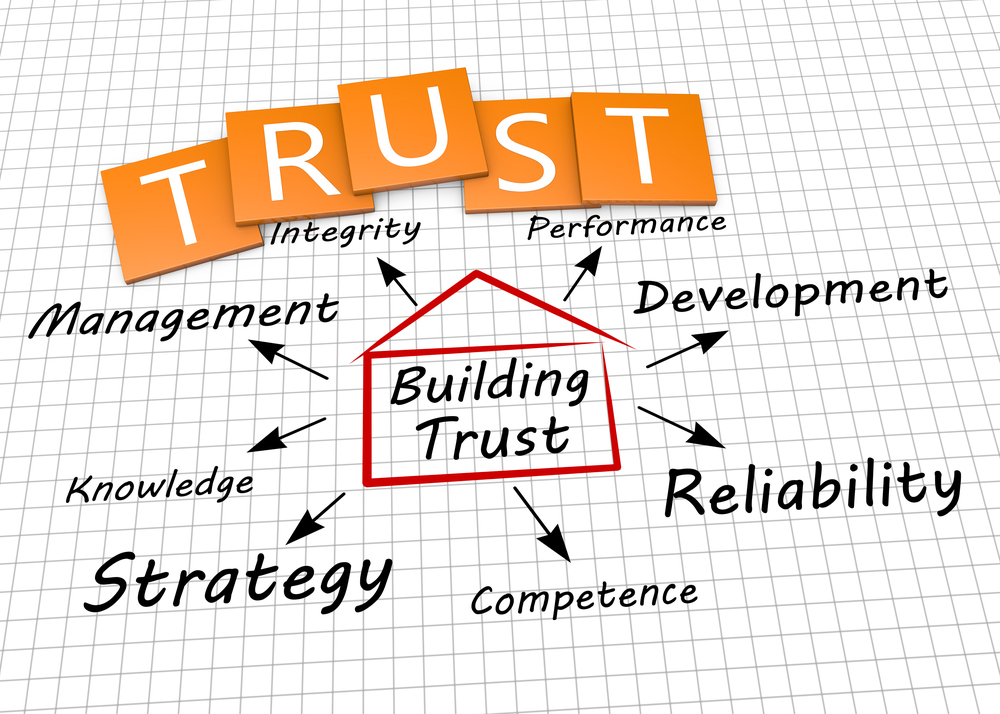Trust is a key part of any relationship, and the employee-employer relationship is no exception. Employees need to be able to trust their colleagues and managers and that their organization has their best interest at heart and will follow through on its promises. Without this trust, employees will feel less secure in their jobs and less comfortable to take risks and fully engage at work.

However, employers’ showing employees trust is a component of the employee relationship some organizations overlook. Showing employees you trust them can help build an innovative, creative, and fully productive workforce.
Trust can also go a long way toward building employee satisfaction and loyalty, thus improving retention. Most workers don’t like to be micromanaged, so allow your employees to do their jobs as autonomously as possible without second-guessing or forcing steps in the process; this allows them to perform their jobs in ways that seem sensible to them and lets them best utilize their skills, perhaps even in unanticipated ways.
Demonstrating Trust
Here are some ways employers can demonstrate trust toward their employees:
- Ask employees for input on what their short- and long-term goals should be. Use this input as much as possible.
- Get employee input on the projects they want to work on in the future, and incorporate this input into their responsibilities.
- When setting goals, focus on the outcome, not the required steps in the process; allow employees to determine the process.
- Let employees have input on what internal teams they work on and whom they work well with when possible.
- Be flexible when it comes to work hours. This can show employees that you trust the work will get done regardless of whether they work specific hours each day.
- Encourage employees to use their vacation days. This can also show that the employer trusts the work will get done and that the employees will work around vacation time as needed.
- Train management not to blame employees if they try something new that ultimately isn’t successful. Trusted employees may still have ideas that don’t pan out. If this isn’t accepted, it will discourage others from trying new things.
- Communicate often about big-picture goals and plans for the organization to show employees the company trusts them with that information, which can help them feel valued and secure.
What else has your organization done in the past to show employees they’re trusted and valued? What would you add to this list?
